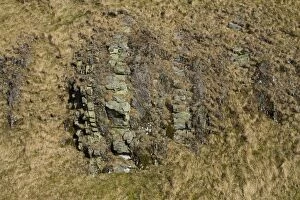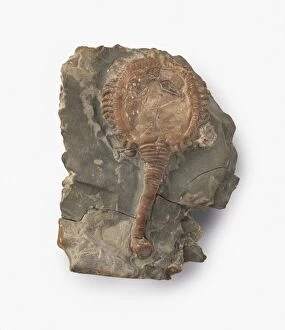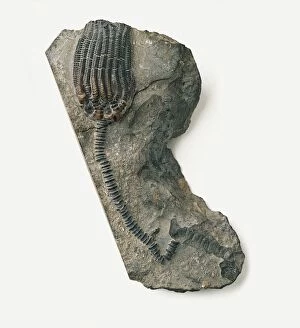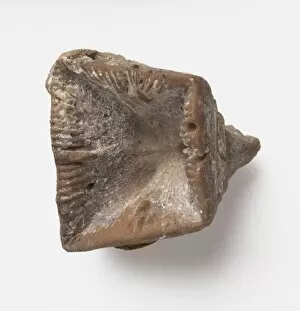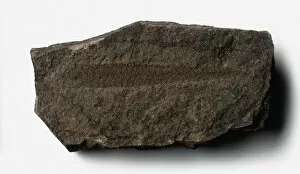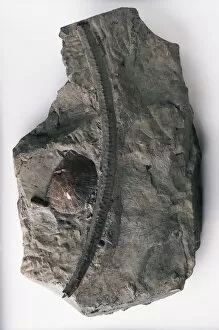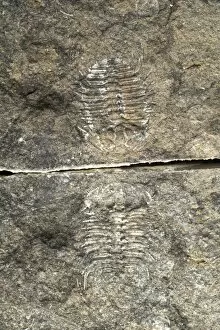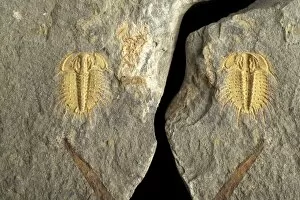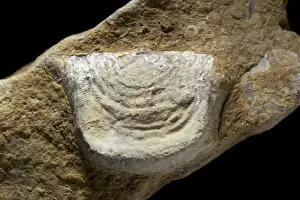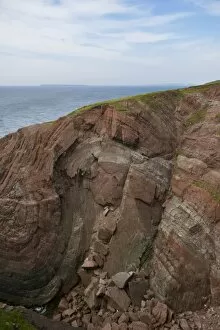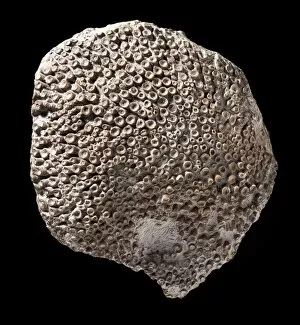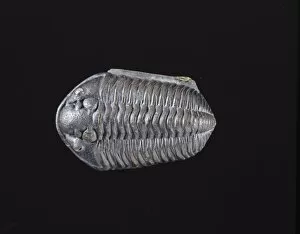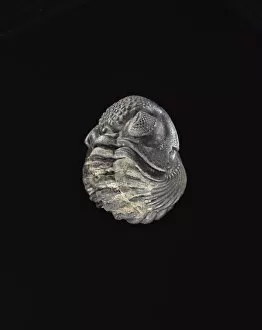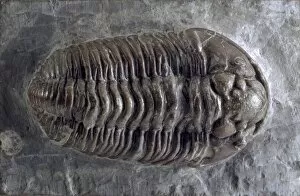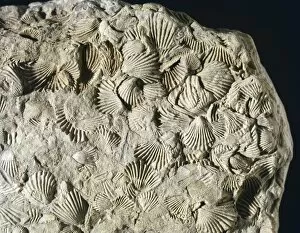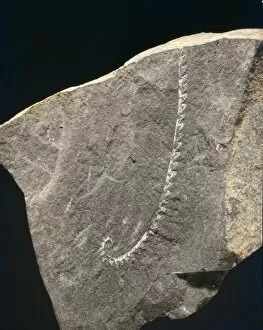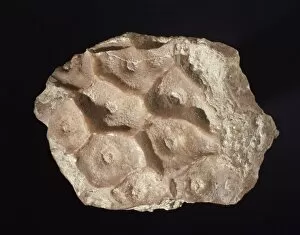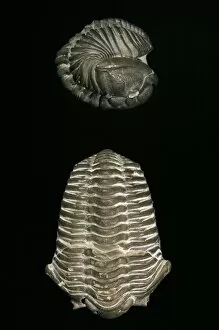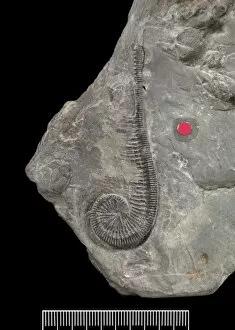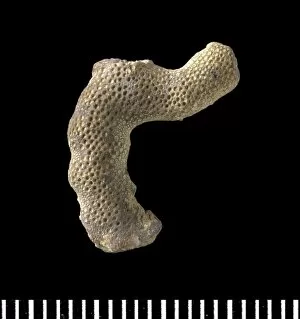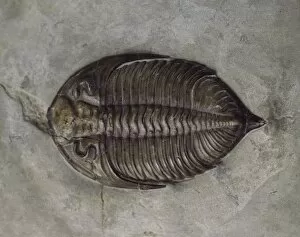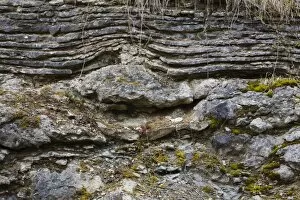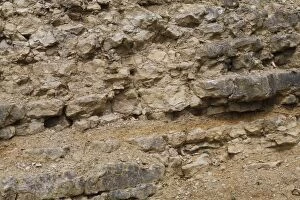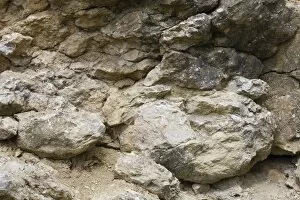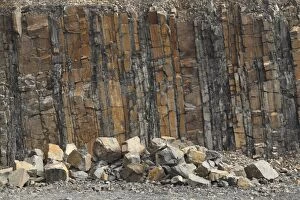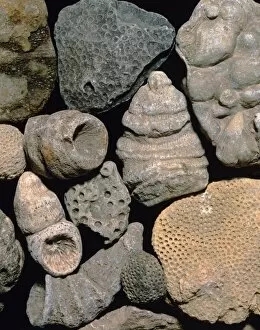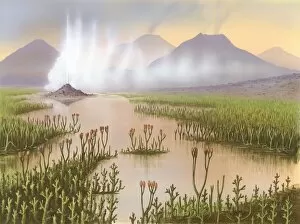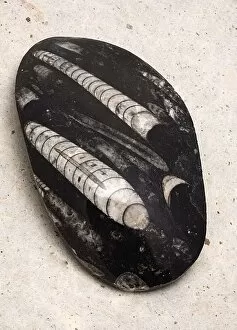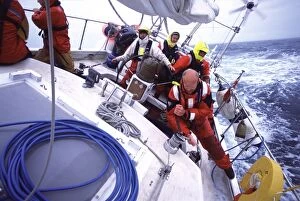Silurian Collection (page 2)
"Unveiling the Mysteries of Silurian: A Journey through Time and Fossils" Step into a world frozen in time with this captivating lithograph, published in 1897
For sale as Licensed Images
Choose your image, Select your licence and Download the media
"Unveiling the Mysteries of Silurian: A Journey through Time and Fossils" Step into a world frozen in time with this captivating lithograph, published in 1897, showcasing the geological map of the European Alps. As we delve deeper into history, Reynolds' "The Antidiluvian World" from 1849 takes us on an extraordinary adventure. Marvel at the intricate details of Calymene blumenbachii brongniart, a trilobite fossil that once roamed ancient seas. Eurypterus, a fossil eurypterid, reminds us of the diverse creatures that inhabited our planet millions of years ago. Dalmanites, another fascinating trilobite species preserved in stone for eternity. Transport yourself to Britain's past as you admire a rare broadsheet illustration with hand coloring. Explore southern Germany, Bohemia, Switzerland and Austria through an intricately detailed geological map published in 1897. Witness Dimerocrinus unfold before your eyes; a stunning crinoid fossil suspended in time like an ethereal sculpture. Discover Le plus ancien animal terrestre connu (the oldest known terrestrial animal) through an enchanting engraving that captures its ancient essence. Caerleon Castle stands tall amidst changing landscapes—a testament to human history intertwined with nature's grandeur—an awe-inspiring engraving that transports us back centuries. Immerse yourself further by witnessing the formation of Earth's crust layers up to the Cretaceous Period—each color litho stroke revealing millions of years' worth of transformation and evolution. And finally, meet Roderick Impey Murchison—a Scottish geologist whose contributions shaped our understanding of Earth's history—in this artistically rendered portrait by Carlo Pellegrini from 1870. Silurian whispers secrets untold; it invites us to explore its depths and unravel mysteries locked within each artifact and fossil.


